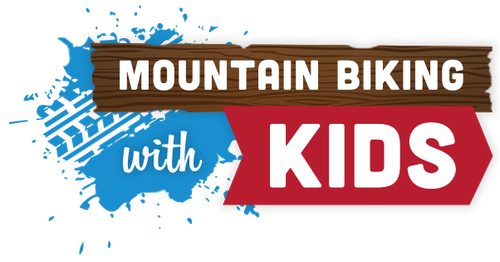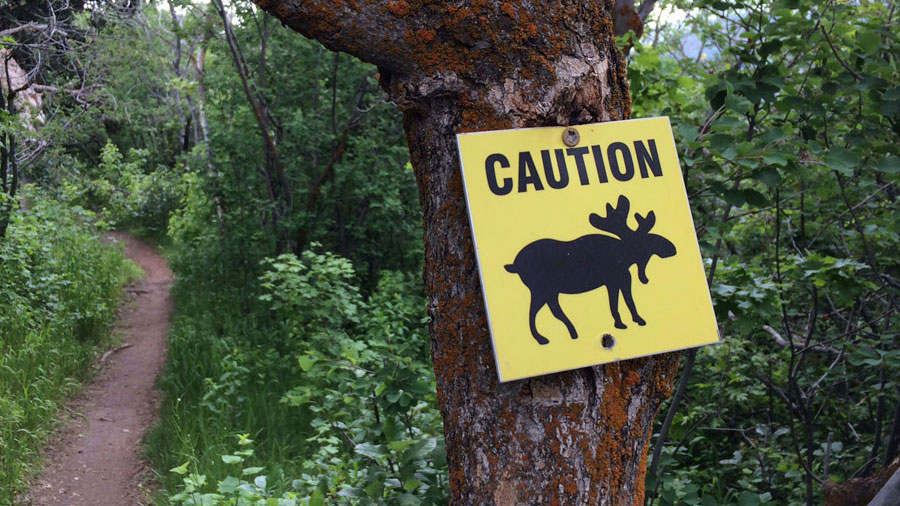Mountain Biking Trail Etiquette Refresher

Mountain biking trail etiquette is important! Just because you are are riding on singletrack in the woods does not mean that you should not exhibit courteous behavior with other riders or pedestrians. Teaching trail etiquette to young mountain bikers is a key element of safety and good riding practices in your future biking enthusiast.
Mountain biking has been growing a lot over the last few years. It’s an opportunity for young and old to come together to enjoy the great outdoors. However, as with any sport, there are certain rules that every rider should know and follow. Those rules apply to both adults and children. Here are a few pointers to help you teach young riders trail etiquette.
Share The Trail When Mountain Biking
Children often have the innocent outlook that they own the trail. They are often so self-absorbed in their riding and the adventure around them that they do not pay attention to where they are in relation to the trail and the surrounding environment. This poses a severe safety issue if the child is in the middle of the trail or on the wrong side and someone comes sailing full throttle down the trail. A head-on collision can occur and injuries may be sustained. Teach your child to share the trail with other bikers, pedestrians, and even wildlife. As a parent, you always have to remain vigilant to your child’s location on the trail and frequently remind the child to share the trail. Some paved paths have a painted divider line. Like in a car, always stay in your lane.
Passing Mountain Bikers, Pedestrians, Equestrians and Horses
Instill good passing practices in your young mountain biker by making sure they always pass slower riders and pedestrians properly. Pedestrians and hikers always have the right of way. It does not matter if you are riding uphill or downhill. Directional mountain biking trails are growing in popularity to help curb traffic. On a multi-directional trail, it’s a general rule that downhill riders must yield to uphill riders – but this may not always be the case. Some trails will have signage specific to that trail or riding zone.
When coming up on slower riders from behind, giving a quick heads-up to the people you would like to pass is courteous and normally very much appreciated. Let everyone know your presence. When acknowledged, communicate that you will be passing on the left or the right when it is safe so they are prepared. If someone plans to pass your child, make sure your little one knows to stay to the right or left of the pathway so the person can safely pass by without incident. Knowing how to pass properly is a hugely important part of mountain biking trail etiquette.
Teach Horse Sense
Many trails allow horseback riding. A horse is a 1,000 pound plus animal that can do a great deal of damage if it kicks or takes off in fear. Always let your child know to stay calm and quiet when trail riders are encountered. You should make quiet verbal contact with the rider and make sure it is safe to pass the horse. Tell your child to never try to touch the horse or reach out towards it while passing. Also never ride quickly up close to the rear end of the horse.
Never Throw Debris
Children love to throw anything and everything. If you are taking a break by the side of the trail, be sure to let your child know it is never okay to throw sticks, rocks, or twigs at passing riders or hikers.
Respect Wildlife
Never disturb wildlife. Never chase it or ride after the frightened animals. Wildlife can be observed at a safe distance but your child shouldn’t try to touch one of the creatures.
Stay On The Trail
Keeping single track single is a very important part of mountain biking trail etiquette. Children often want to veer off the trail to explore but this damages the neighboring fauna and disturbs wildlife habitats. Teach your child to always stay on the trail and only leave the trail in designated areas. Riding off the trail damages the sides of the trail and creates an area that is difficult to traverse. Cutting corners eventually erodes away the trail and causes considerable damage.
Leave No Trace
Children are notorious for throwing down small things such as wrappers, bottle lids, etc. Teach your child that they must always pick up their garbage and should never litter along the trail. A good rule of thumb is to always pack out what you pack in.
Potty Emergencies
If your child has to go potty and there is no available outhouse or bathroom then the child will need to hike at least 200 yards off the trail and dig a hole. When done, all evidence should be thoroughly covered with soil. Paper products need to be picked up and disposed of into a plastic bag until you encounter a garbage receptacle to throw away the paper and bag.
Trail etiquette should be instilled in children at a young age. Once they know the rules of biking and are mature enough for outings, then being courteous and safe helps create a positive experience for everyone involved.
Kimberly Sharpe is an outdoor sports and travel writer. She has spent a lifetime mountain biking the trails of Oregon, Washington, British Columbia, Florida, Northern California, and numerous other locations with friends and family.






